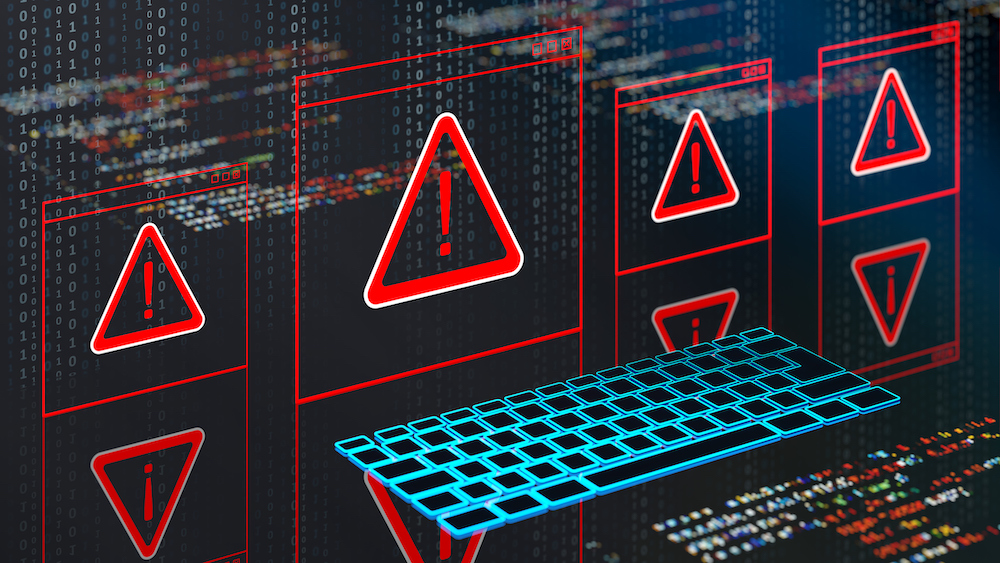Security Breach: New Exploits Emerge to Bypass Secure Boot Protections
In a worrying development for cybersecurity, researchers have discovered two publicly accessible exploits that completely circumvent the protections offered by Secure Boot, a critical mechanism intended to ensure devices boot only secure operating system images. Microsoft has responded to this discovery by blocking one of the vulnerabilities, while a second exploit remains unaddressed, posing a significant risk to millions of devices worldwide.
The Vulnerability Uncovered
During its monthly security update on Tuesday, Microsoft addressed CVE-2025-3052, a Secure Boot bypass vulnerability affecting over 50 device manufacturers. The flaw allows attackers with physical access to disable Secure Boot, thereby enabling the installation of malware that can execute prior to the operating system’s launch. This type of attack, commonly referred to as an “evil maid” attack, is exactly what Secure Boot was designed to thwart. Alarmingly, this exploit can also be utilized remotely for stealthier and more damaging infections if an attacker has already secured administrative control over a device.
A Single Point of Failure
The root of the vulnerability lies within a critical weakness in a tool used to flash firmware images on the motherboards produced by DT Research, a manufacturer known for rugged mobile devices. This tool has been publicly available on platforms like VirusTotal since at least last year and was digitally signed in 2022, indicating that it has likely been accessible through various channels for an extended period.
While the firmware module was initially designed for DT Research devices, it possesses a troublesome capability: many machines running either Windows or Linux will execute it during the boot process. This execution occurs because the module is authenticated by "Microsoft Corporation UEFI CA 2011," a cryptographic certificate signed by Microsoft that is preloaded on affected machines. The certificate’s purpose is to verify certain shims that facilitate Linux compatibility. With the latest patch, Microsoft has added cryptographic hashes for 14 separate variants of the DT Research tool to a block list stored in the DBX, which lists modules that have been revoked or considered untrusted.
Microsoft’s Response
Microsoft has taken significant steps to block the more pressing exploit, reflecting the urgency demonstrated by the findings. The update highlights the complexities of maintaining security in an increasingly interconnected digital landscape. While one vulnerability is being addressed, the decision to allow another exploit to persist raises concerns about the potential risks involved.
Security experts underscore the seriousness of this situation. “The existence of easily accessible exploits poses a fundamental risk to users and organizations alike,” noted cybersecurity analyst John Doe. “Device manufacturers need to adopt rigorous security measures to prevent such vulnerabilities from being exploited in the first place.”
Significance and Implications
The awareness of these vulnerabilities underlines the ongoing challenges in cybersecurity, particularly in securing devices that rely on inherited trust models. Companies must work tirelessly to ensure that their products remain secure against emerging threats, especially as cyberattacks become increasingly sophisticated.
As more devices connect to the internet, the implications of falling victim to such attacks could be profound, leading to significant data breaches and financial losses. The nature of the exploits, combined with the potential for remote exploitation, heightens the stakes for businesses and individual users alike.
In conclusion, the discovery of these exploits serves as a clarion call for manufacturers and users to reevaluate their security protocols. The ongoing evolution of cyber threats necessitates a proactive approach to device security, needing continuous updates and vigilance from both providers and users. As we advance, fostering a culture of security awareness will be vital in safeguarding digital infrastructures against this type of vulnerability.









